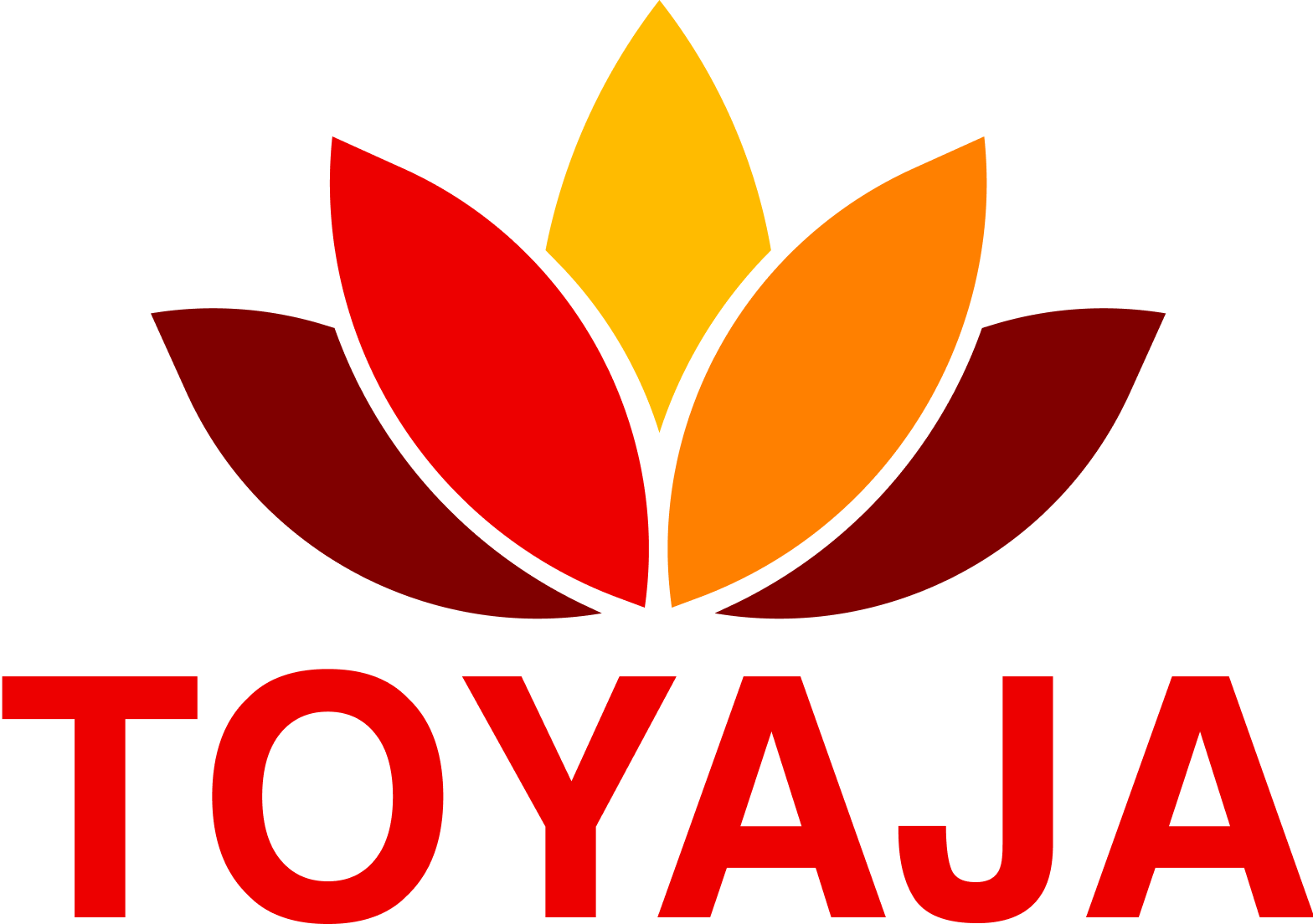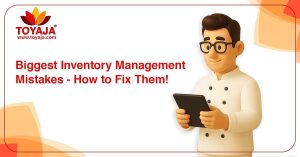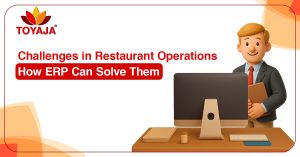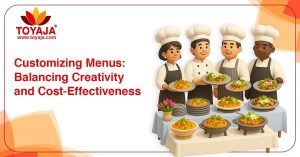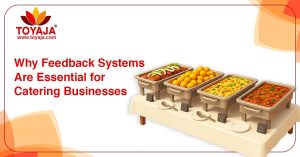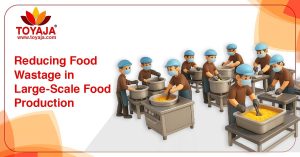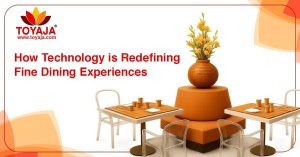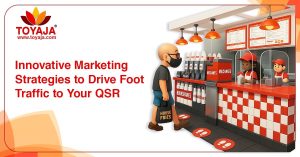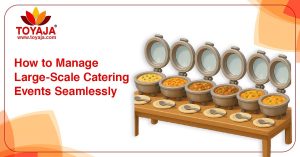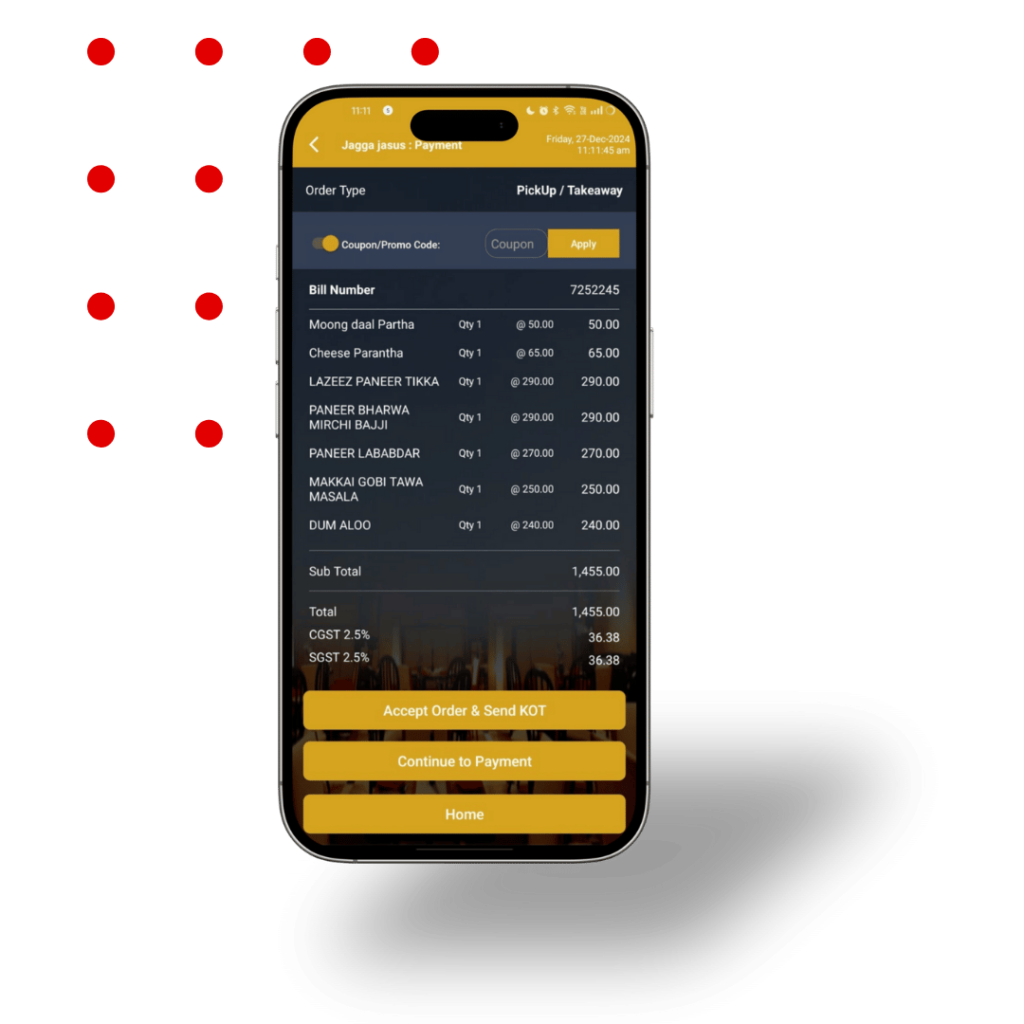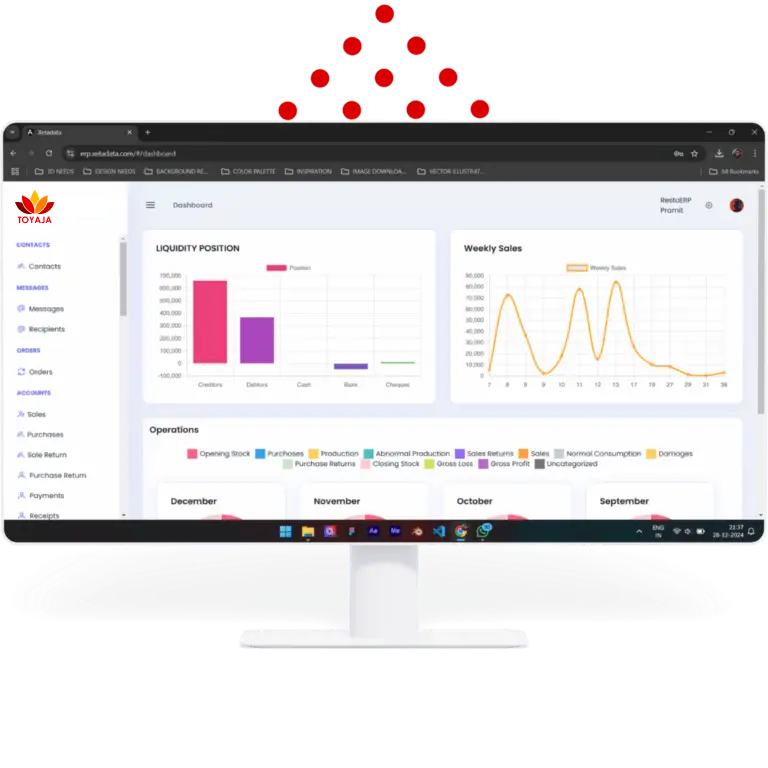In today’s hyper-competitive food service industry, your menu needs to do more than just list dishes—it must entice, excite, and deliver strong margins. A well-designed menu reflects the creative identity of your brand, but it must also remain operationally efficient and financially sustainable.
Customizing menus isn’t about adding endless options. It’s about aligning your creativity with what sells, what scales, and what supports profitability. Let’s explore how to do this with a smart blend of innovation and practicality—whether you’re a QSR owner, a cloud kitchen operator, or a large-scale catering service.
Why Menu Customization Matters
A thoughtfully customized menu helps you:
- Stand out in a saturated market
- Cater to customer preferences and trends
- Improve upselling and order value
- Align operations with real-time demand
But if not managed properly, it can also lead to:
- Food waste
- Complicated kitchen processes
- Cost overruns
- Inconsistent customer experience across outlets
That’s why menu strategy must be guided by both creativity and cost-effectiveness.
1. Start with Insights, Not Assumptions
Instead of guessing what will work, base your menu changes on actual customer data and operational performance.
Use feedback systems to learn:
- Which dishes are favorites or get repeat orders
- Which items are rarely touched
- Suggestions and seasonal demands
Learn more in:Why Feedback Systems Are Essential for Catering Businesses
2. Apply the 80/20 Rule to Menu Items
Focus on the top 20% of items that generate 80% of your sales.
Action Steps:
- Highlight bestsellers visually
- Bundle top performers with new items to test appeal
- Drop low-performing items that add to inventory clutter
This also helps simplify kitchen operations and increase prep consistency.
3. Introduce Seasonal Variants with Core Recipes
Creativity thrives within structure. Instead of reinventing the wheel, create base dishes that can be easily customized with seasonal ingredients.
Example:
- Core: Classic cheesecake
- Variants: Mango (summer), caramel (winter), berry (spring)
Scalable creativity like this is especially effective for catering and event menus.
See: How to Manage Large-Scale Catering Events Seamlessly
4. Price Strategically, Not Emotionally
Every dish must be priced to cover:
- Ingredient costs
- Labor and prep time
- Packaging or plating expenses
- Overhead and expected margin
Pro Tip: Use psychological pricing (e.g., ₹199 vs ₹200), but never underprice just to “look affordable.”
5. Design Menus to Influence Decisions
The layout and design of your menu affect how much people spend.
Effective Design Tactics:
- Use boxes or icons to highlight high-margin items
- Add chef recommendations or “bestseller” tags
- Organize sections for easy navigation (e.g., combos, vegetarian, signature picks)
These techniques work exceptionally well in fast-moving setups like QSRs.
Explore: Innovative Marketing Strategies to Drive Foot Traffic to Your QSR
6. Standardize to Scale Across Multiple Locations
Consistency is key when your brand expands.
Steps to achieve this:
- Use standardized recipes with clear instructions
- Train staff using video SOPs
- Sync menus with POS and ERP systems for central control
Read: How to Maintain Consistency Across Multiple Restaurant Locations
This helps ensure that customers get the same taste and quality no matter which outlet they visit.
7. Keep It Lean and Scalable
More options don’t always mean better customer experience. A cluttered menu can confuse guests and complicate prep.
Benefits of a lean menu:
- Reduced food waste
- Faster service
- Easier inventory and staff training
- Better focus on high-margin dishes
Update your menu based on what sells—and retire items that don’t contribute to profits.
Final Thoughts: Creativity Meets Strategy
A great menu is not just a chef’s canvas—it’s a business strategy. When designed intelligently, it balances customer delight with operational discipline.
With tools like Toyaja’s restaurant ERP and POS systems, you can track item-level performance, manage multi-location consistency, and collect real-time feedback—all of which empower you to customize menus that are innovative, profitable, and scalable.
